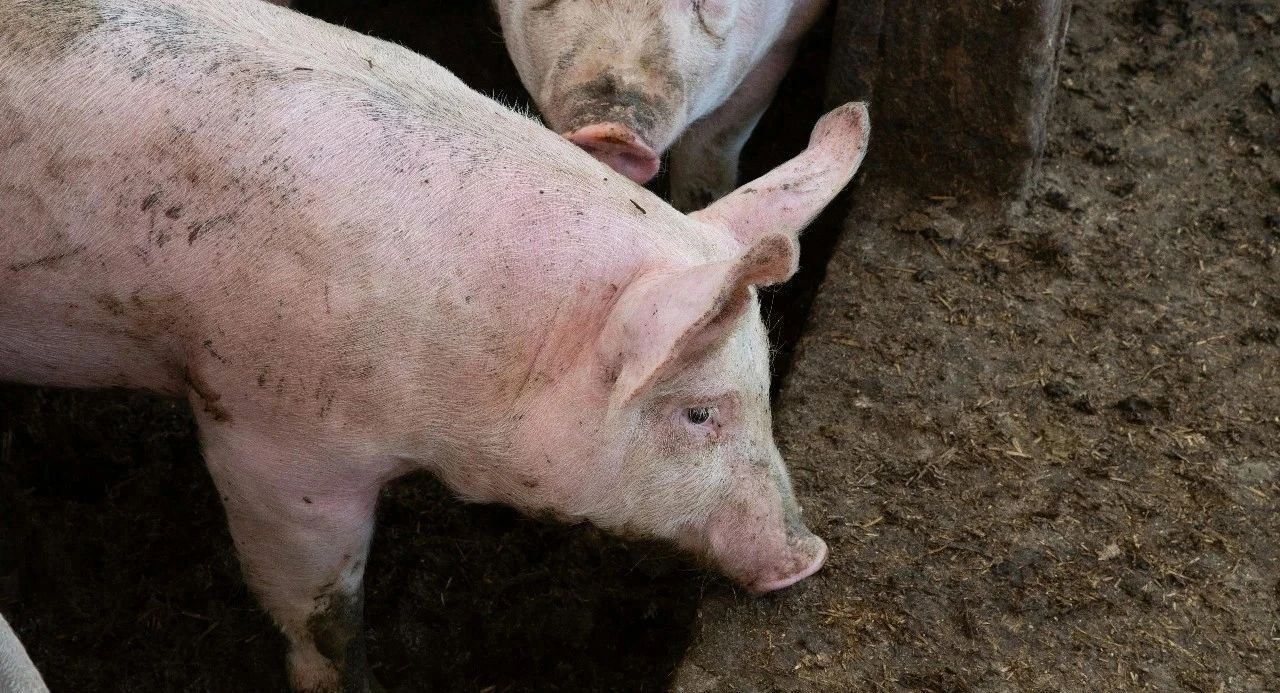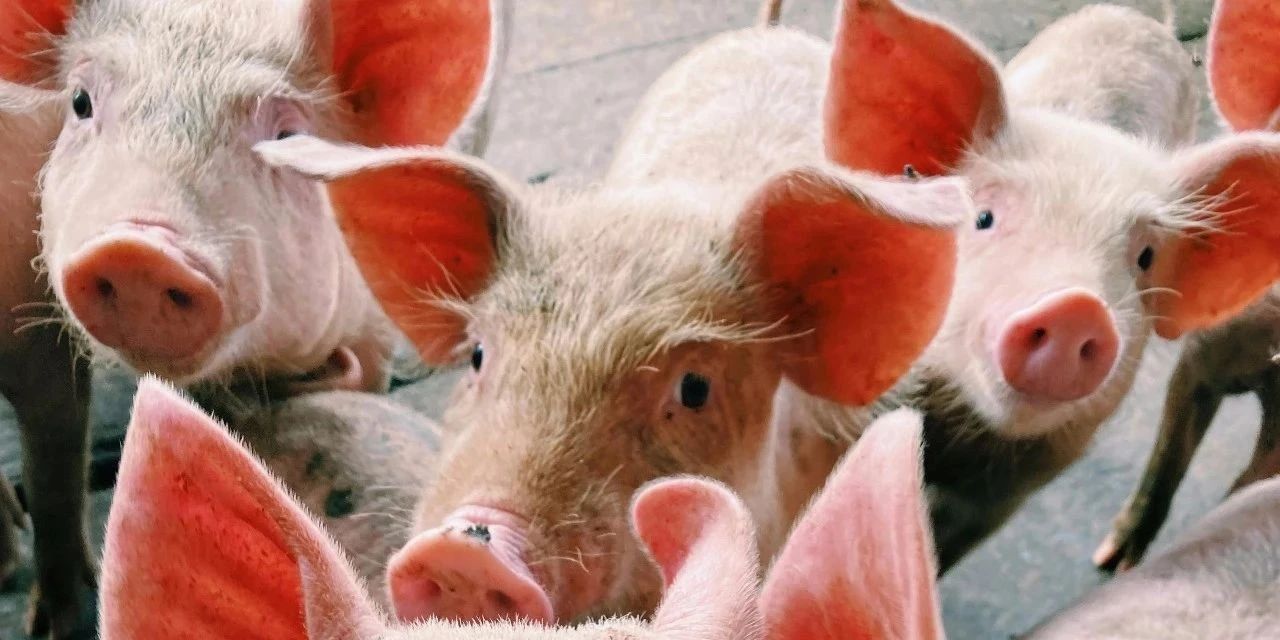
Spring has arrived, and the growth rate of live pigs is accelerating. However, due to changes such as large temperature differences between day and night, increased rainfall, and humidity, the reproduction rate of pathogens is also accelerating, leading to an increase in the incidence of diseases in live pigs. Therefore, spring is the season with a higher incidence of pig diseases.
1、 Types and Treatment of Spring Swine Epidemic
(1) Foot-and-mouth disease
The impact of foot-and-mouth disease is quite extensive, and infections can occur in various animals, such as cows, sheep, pigs, etc. The incidence of foot-and-mouth disease in pigs in spring is relatively high, and it spreads very quickly. The epidemic area is large, and piglets can cause a large number of deaths, which is one of the important factors threatening pig farming. After the epidemic situation is found, the sick pigs should be isolated and comprehensively disinfection and sterilization with Baidukang. The diseased parts of the sick pigs can be smeared with potassium permanganate solution for disinfection. At the same time, the cleaning treatment in the pig house should be done well, and the environmental sanitation should be done well. The feeding and management of diseased pigs is extremely important. Anti-inflammatory drugs that meet the therapeutic dosage can be added to the feed (usually amoxicillin, etc.), and if necessary, injection drugs can be used to enhance the resistance of live pigs.
(2) Escherichia coli disease
Pathogenic Escherichia coli is the pathogen of Escherichia coli disease, mainly infecting piglets with a high mortality rate after onset. If Escherichia coli occurs in the breeding farm, various effective prevention and control measures should be taken in a timely manner to prevent the risk of disease spread. Piglet yellow dysentery should be treated with streptomycin sulfate as the main drug; Treatment of piglet dysentery with gentamicin (oral) and kanamycin (tablets); There is currently no specific treatment for piglet edema disease. Piglets with mild symptoms can be treated with sulfonamide drugs, such as sulfamethoxazole sodium, through intramuscular injection.
(3) Infectious gastroenteritis
Infectious gastroenteritis is a high incidence disease in pigs in spring, which is prone to vomiting, diarrhea and other symptoms after infection. If timely treatment measures are not taken, pigs will experience dehydration and decreased physical function. If the disease is allowed to develop, pigs are prone to death. Piglets are almost unable to survive after falling ill. During the treatment process, sulfamethoxazole sodium can be added to the feed, and drugs can be used to regulate and improve the gastrointestinal function of live pigs, reducing the incidence of gastritis. After the onset of the disease, gentamicin, Banlangen, and other drugs can be used as the main therapeutic agents.

2、 Preventive measures
(1) Comprehensive inspection and strengthening immunization management
Carry out patrols and inspections, timely grasp the respiratory rate and posture of pigs, observe diet, drinking water, etc., measure body temperature parameters, do a good job in recording various data, check whether there is any secretion, defecation, urination abnormalities, etc. If sick pigs are found, they should be immediately transferred to isolation pens, raised separately, and corresponding prevention and control measures should be taken based on the diagnosis results. Actively carry out preventive management of vaccines against foot-and-mouth disease and swine fever, and strengthen immunization treatment. It is necessary to ensure the effective injection dose of the vaccine, disinfect the injection site before and after injection, and prevent some live vaccines from becoming a source of infection, endangering the health of the entire pig herd.

(2) Comprehensive sterilization and disinfection of environment and feed
Regular comprehensive disinfection should be carried out on the pigsty, environment, utensils, transportation vehicles, etc. Personnel entering and exiting the pigsty should also be disinfected. Persist in disinfecting the roads and on-site environment of the breeding area twice a week. If there is no purification system installed in the pigsty, sodium hypochlorite can be added to the drinking water for disinfection. Before disinfection, cleaning work should be done well, and residual feces, urine, feed residue, etc. should be cleaned in a timely manner to prevent poor disinfection effect. When the ambient temperature drops, the disinfection time should be reasonably extended, the amount of disinfectant added should be increased, and suitable low-temperature environments should be selected for the application of disinfectant. In feed, an appropriate amount of acidifier can be added for sterilization and prevention. Each ton of feed can add 4-6 kilograms of Fengxiang Niuformic acid, which is evenly mixed in the mixing machine and fully in contact with the feed. It can effectively kill pathogens or inhibit the growth of pathogens, prevent the feed from being contaminated again during storage, ensure that the feed received by animals is clean, and reduce the risk of diseases entering through the mouth. Meanwhile, bovine formic acid can also improve feed digestion, inhibit pathogens, and promote the growth of lactic acid bacteria in the stomach and small intestine through free organic acids and buffered organic acids.


(3) Adjusting the feed ratio to improve the physical fitness of live pigs
The importance of high-quality feed for pig breeding is self-evident, as it provides sufficient nutrients for pigs to improve their disease resistance. Generally, the selected feed should have a digestible and nutrient rich effect, and energy feed should be added as needed, with appropriate amounts of compound vitamins, amino acids, complex enzyme preparations, and other substances added. The feeding plan should be adjusted according to the different stages of pig growth. 350-500g of Fengxiang Platinum Fragrance 850GD can be added to each ton of feed, utilizing the milk aroma that animals particularly enjoy to stimulate taste and enhance appetite, improve feed palatability, promote digestive secretion and gastrointestinal peristalsis, increase feed intake of piglets, and make piglets have high resistance. At the same time, timely supplementation of feed, improvement of nutritional levels, selection of high protein and high carbohydrate feed, meeting the requirements of nutritional settings, and improvement of body quality. In addition, attention should be paid to the storage of feed, with sufficient ventilation, temperature and humidity control measures to avoid the occurrence of feed mold and spoilage.

